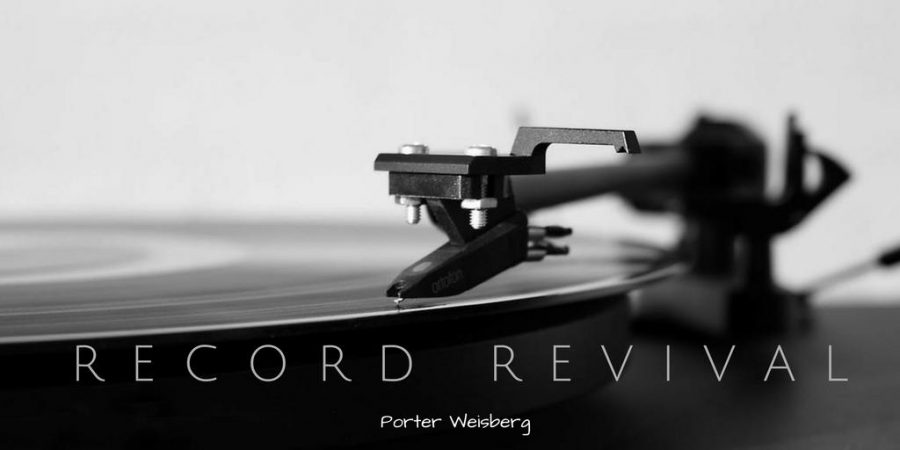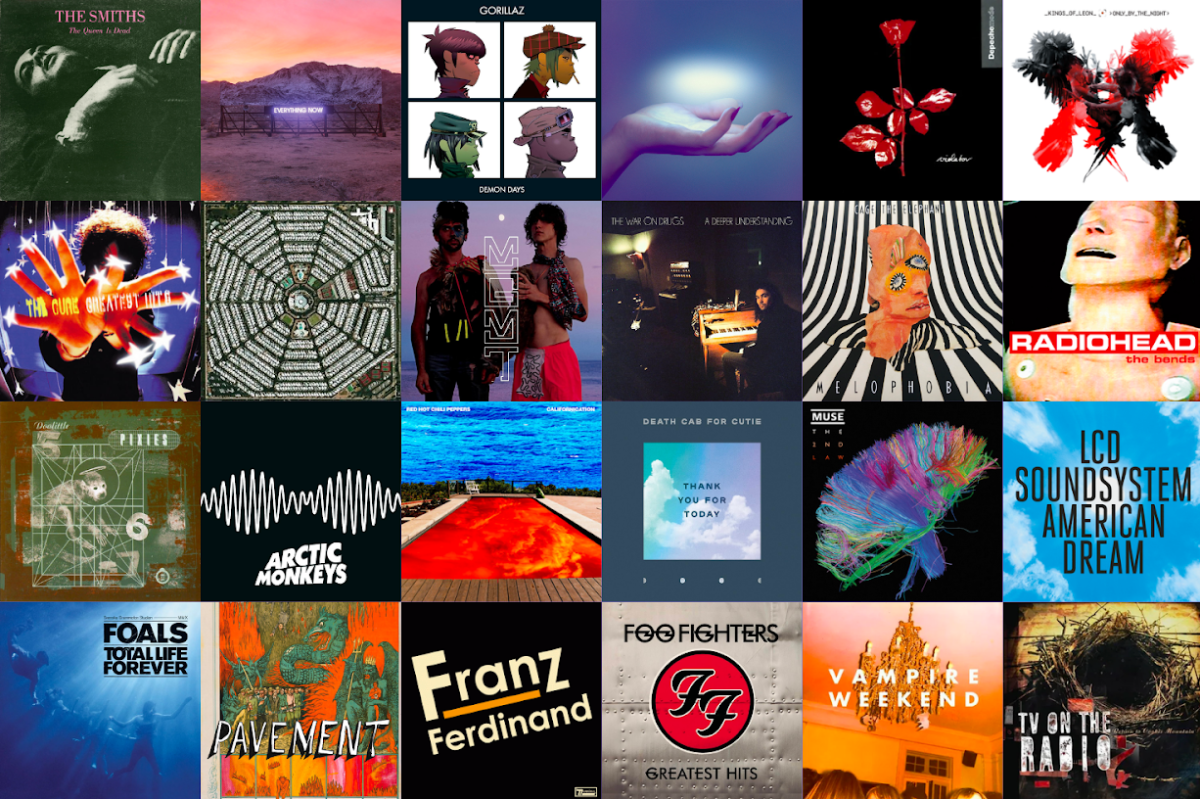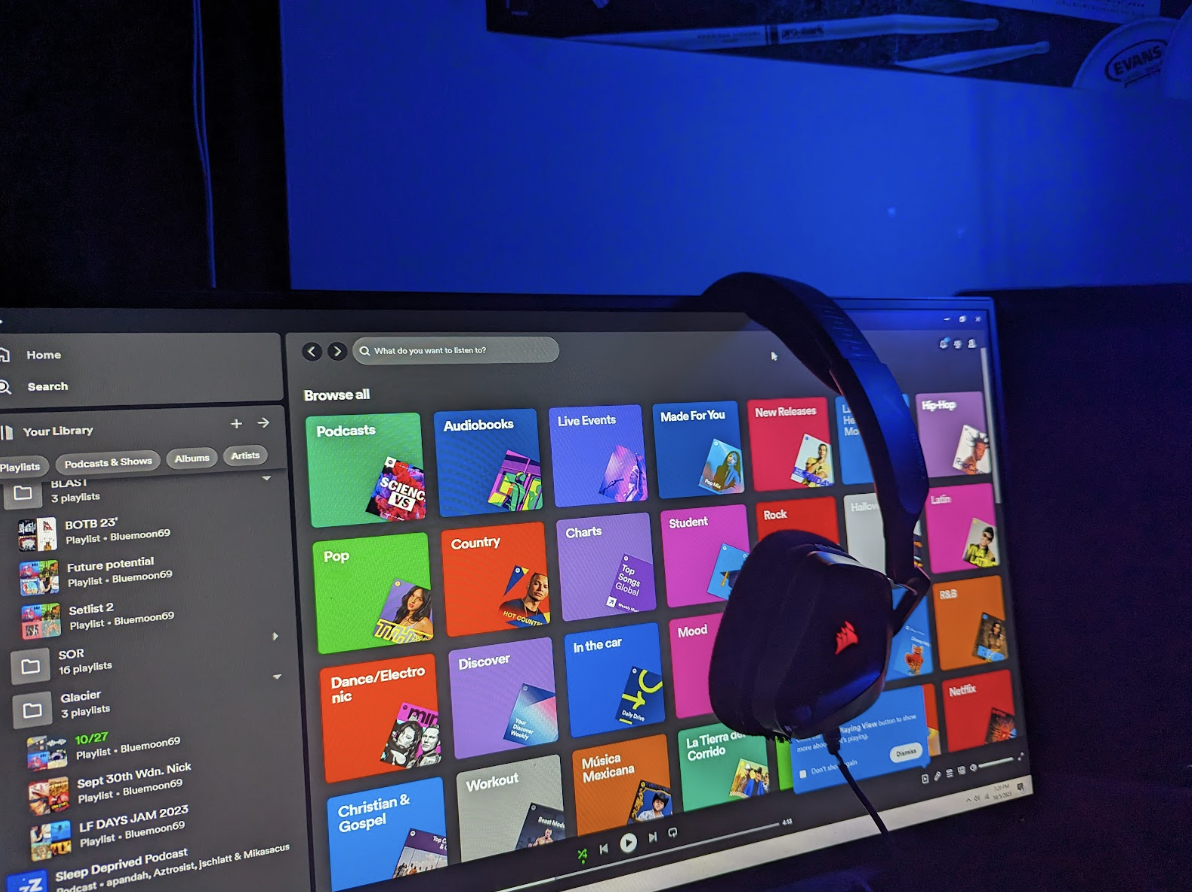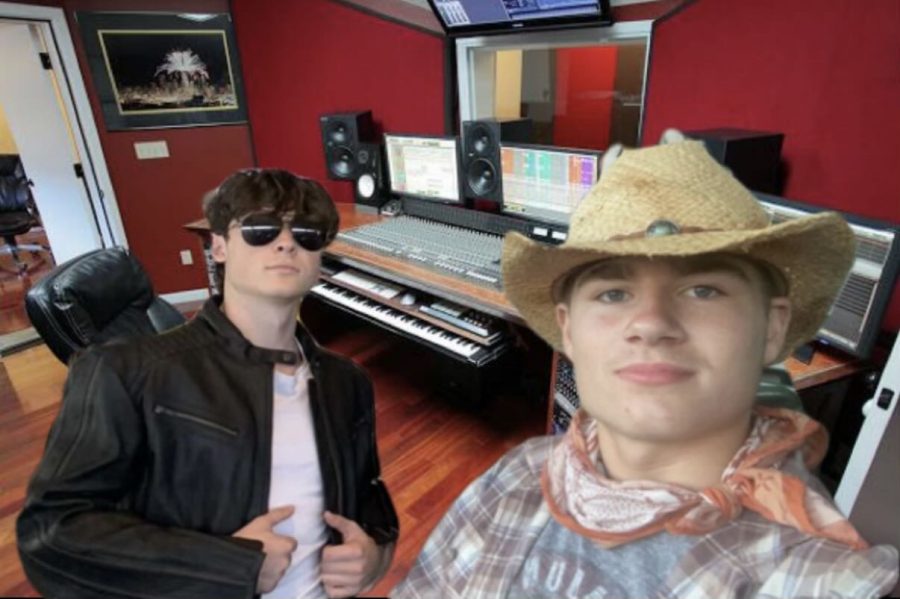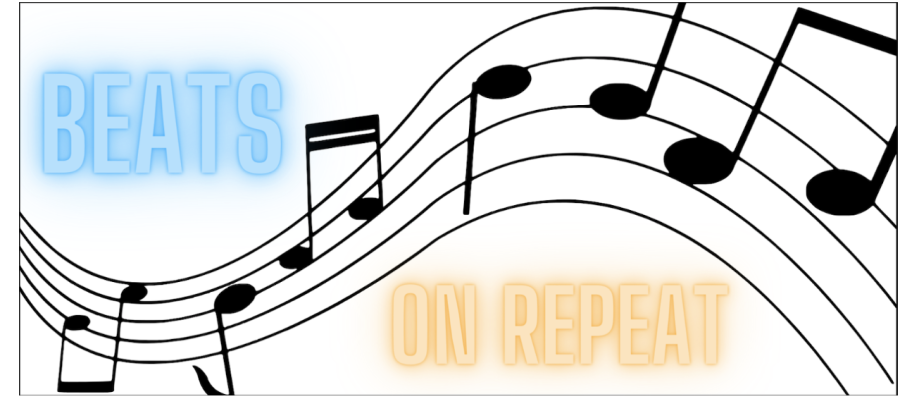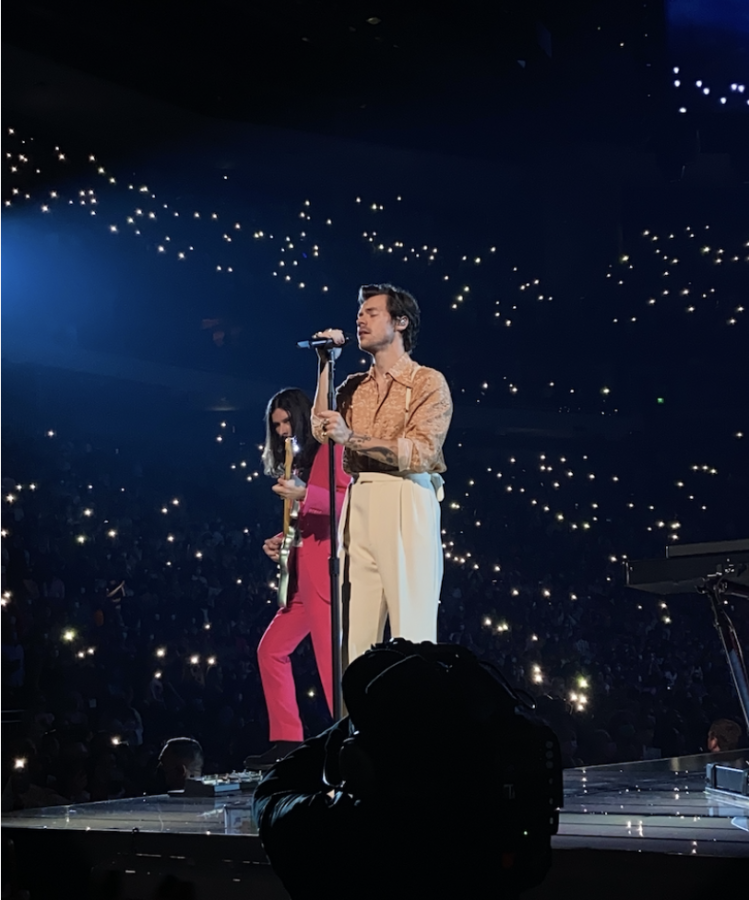Records are undoubtedly on the rise. So much so, in fact, that million dollar spikes in sales and double digit percentage popularity growth have convinced huge brands like Sony Music to jump back into the not-so-distant pastime.
Which is surprising considering that in today’s musical landscape most high school students have their music on their phones and skip through custom made playlists before settling on a song rather than browsing a record collection. The time and thoughtfulness it takes to choose between an album’s A or B side and carefully place it on the record player has been phased out by digital music. But, for the first time in roughly three decades, more and more people are dusting off their turntables and setting the needle.
So why now is such a seemingly tedious way to enjoy music becoming so popular? Well, for the past six years vinyl revenues have been growing and are even predicted to continue to benefit from a seventh consecutive year of growth. The rise in record sales in the last decade truly began to pick up speed around the time that Spotify—one of the world’s largest music streaming services—launched in America in 2011. Whether coincidental or not, the shared rise in both physical records and digital playlists show that there is room for both mediums in the music industry.
Most record collecting is driven by its nostalgia. For many, hearing the crackle and pop of a favorite record spinning is enough to warrant a purchase. That aforementioned nostalgia is reflected in 2017’s top vinyl sales, as albums like Sgt. Pepper’s Lonely Hearts Club Band by The Beatles and David Bowie’s Legacy album—a collection of his greatest hits—both make appearances in the top ten. Pink Floyd’s The Dark Side of the Moon and Bob Marley and the Wailers’ compilation album, Legend, also make appearances. However, even among the classics, the new and latest releases from current bands share the Top 40 list as well. Ed Sheeran’s 2017 album, Divide, takes the number one spot, and the latest from Gorillaz and Arctic Monkeys are in the top 30 as well. All of these make up part of the 40 million records sold in 2017 and near $1 billion in revenue for the first time since 1981.
The next generation of vinyl enthusiasts and record collectors are clearly keeping the classics alive and well while also flooding the vinyl industry with new music. More common to vinyl than Spotify and iTunes is listening to an entire album. When you play a record, it’s more difficult to pick a specific single; there is no pause button and certainly no skip. If you let it, a record will keep playing until it has run out of songs, which explains why the most popular records are the ones that encourage a full listen. The Dark Side of the Moon is still so popular—after 44 years—because it’s widely considered one of the greatest concept albums. It’s an album that tells a story from start to finish. Similarly, the Gorillaz newest album Humanz—released in April of this year—was also designed to be listened to from the beginning to its end, with an intro and several interludes between songs, which explains why it reached the number 16th spot in the top records sold this year. Vinyl listeners often stick to what they know and love, while on Spotify users experiment. With playlists like their own Discover Weekly, and the ability share and collaborate on playlists with friends, finding new songs in unfamiliar genres is easier than ever before. That’s likely why we see both Spotify and vinyl popularity coexisting in the music industry throughout the past decade.
Oddly enough, the widespread access to all kinds of music has directly led to the rise in vinyl’s popularity. Spotify can support records sales by acting as a tool to find new artists and music you like, or, more aptly, music that you’d then buy on vinyl. Similarly, the same streaming services have also changed the way vinyl is distributed and advertised. Inspiring companies like Vinyl Me Please, the self-proclaimed “best damn record club” sends out one record every month to its subscribers, this month’s record being Ready to Die, the infamous compilation set forth by Notorious B.I.G.
Often what comes with a record is the most important difference for a lot of people when it comes to buying an album online or buying a physical edition. Physical albums often come with multiple records. Both Humanz and Sgt. Pepper’s Lonely Hearts Club Band come with two records that contain the full album wrapped in a colorful package displaying the cover art entirely. Sgt. Pepper’s Lonely Hearts Club Band alone comes with concise letters from individual members of the band, other artwork, and the backstory behind the album’s iconic cover image. This, for some, justifies the price tag and creates a more personal experience with the music.
Overall, in the wake of music’s big push to go digital the record craze seems to be more than just a fad, somehow combining the old and the new as the industry giants finds their own groove in each market.

